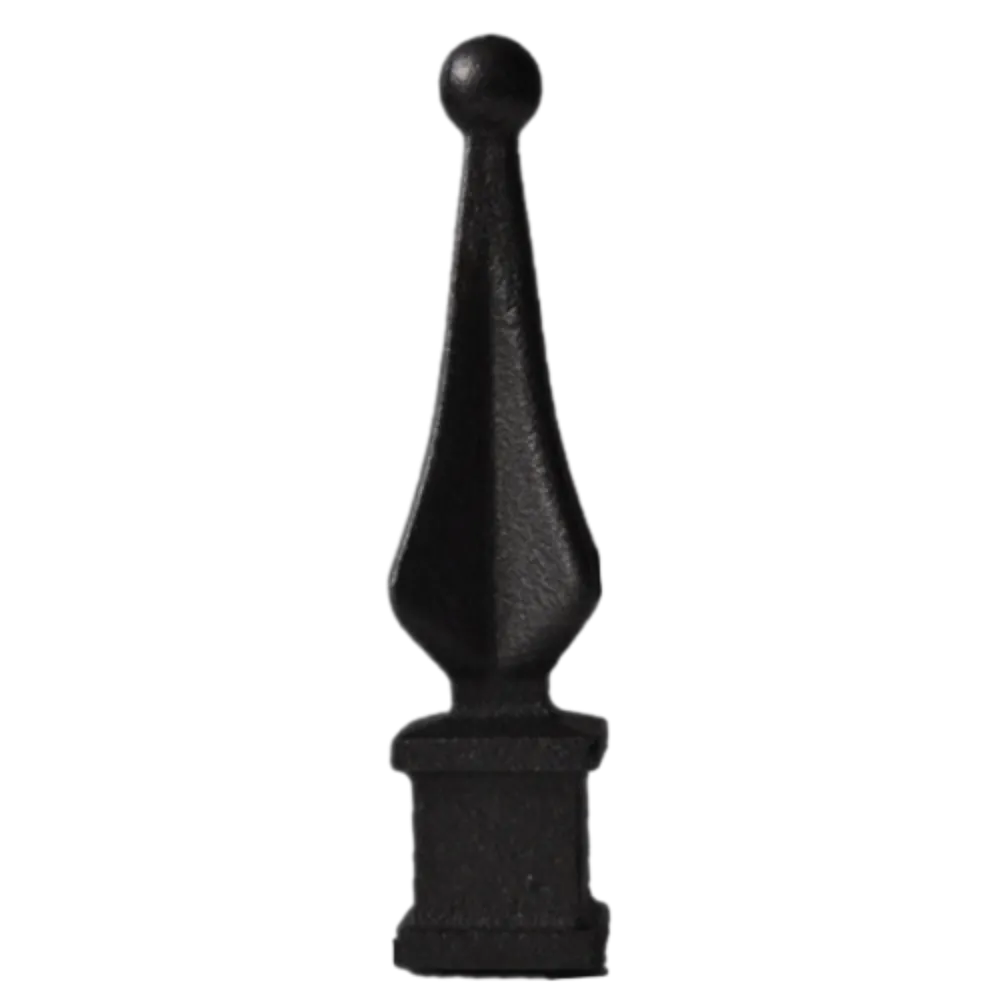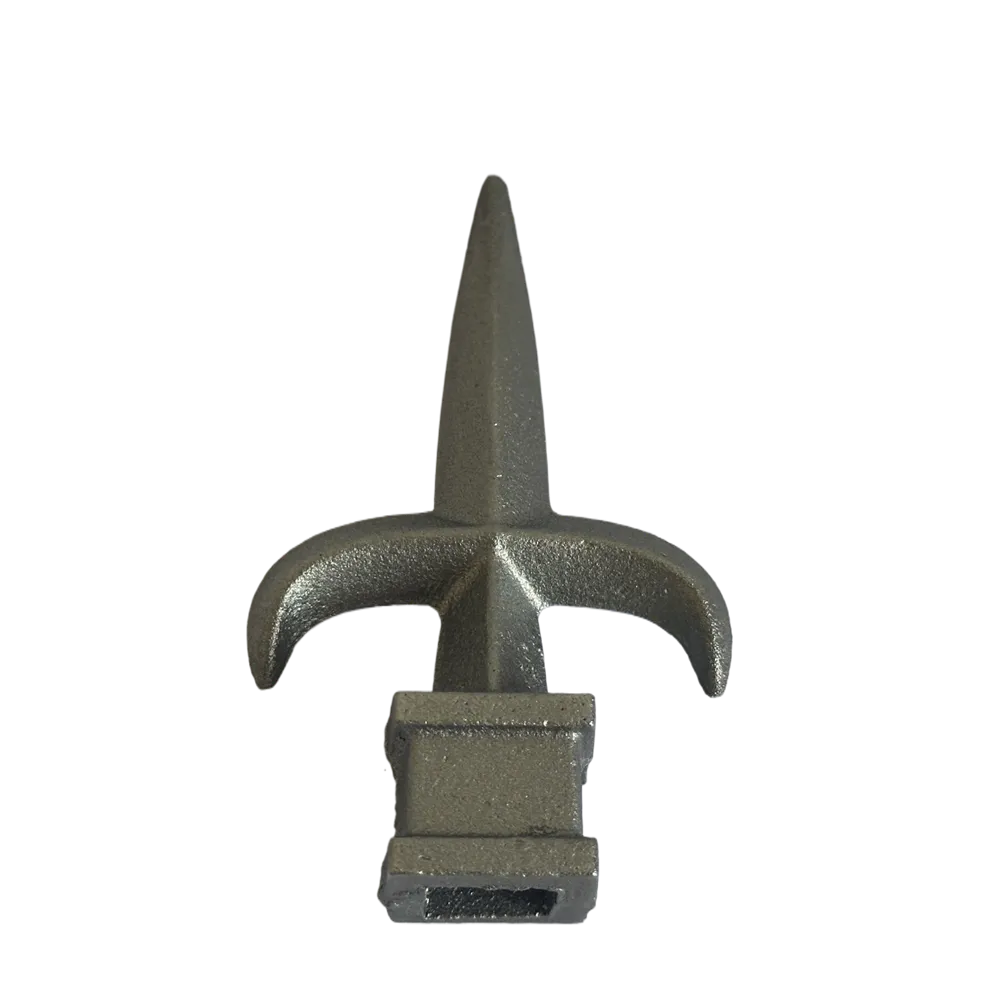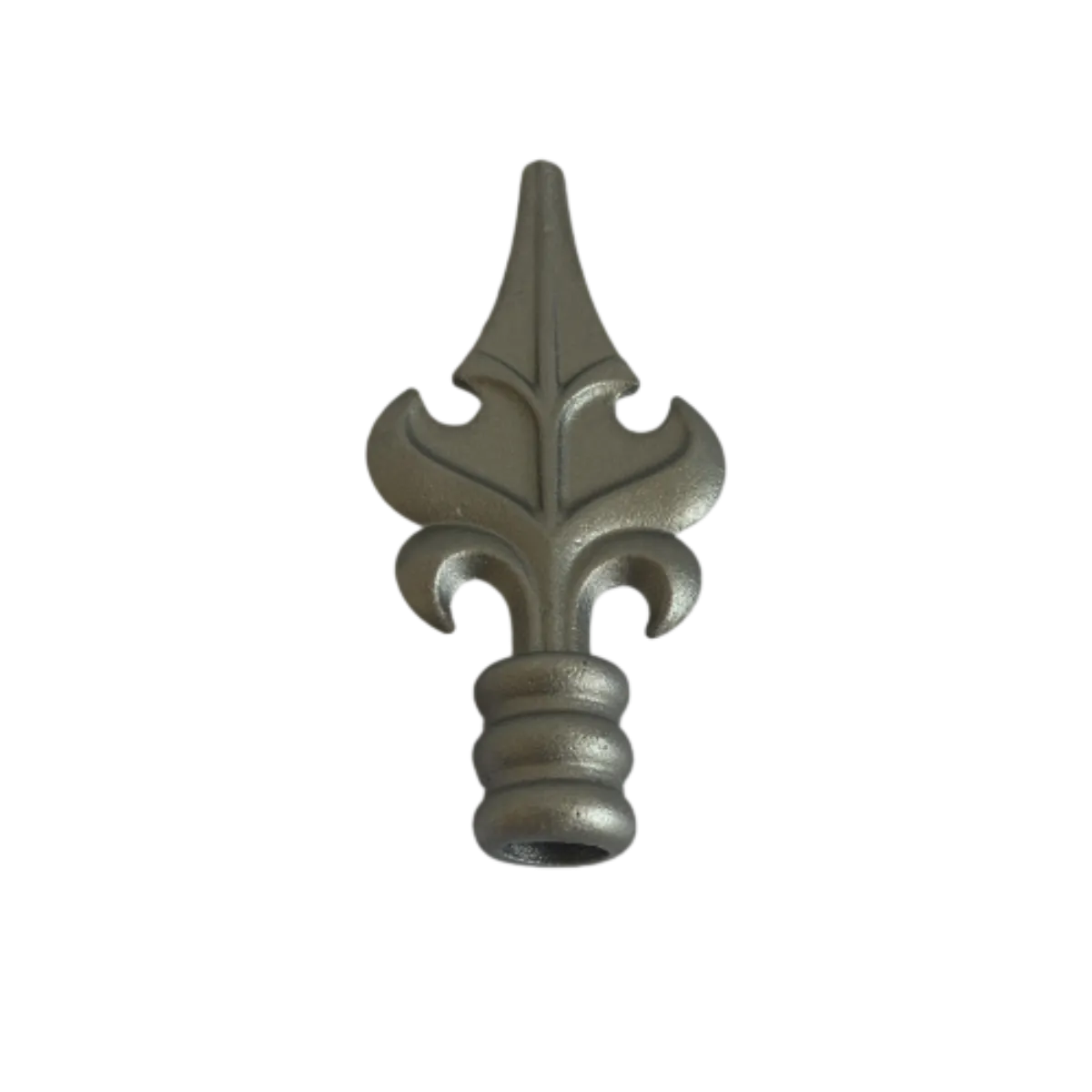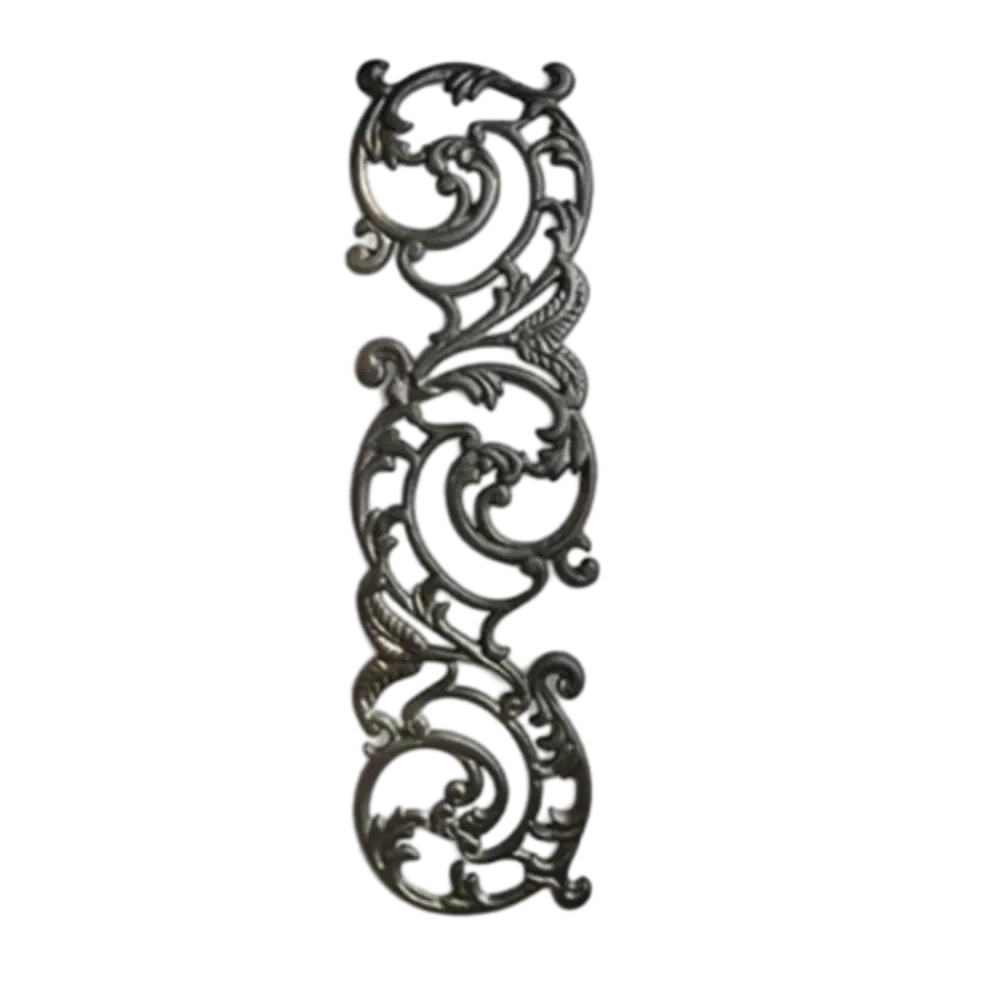Durable Gate Wheels: Smooth Sliding & Heavy-Duty Performance
In the vast landscape of industrial machinery and infrastructure, certain components, while seemingly small, play an indispensable role in the seamless operation of critical systems. Among these, the Gate Wheel stands out as a fundamental element in various gate valve mechanisms, sluice gates, and heavy-duty sliding systems. This comprehensive guide delves into the intricate world of Gate Wheels, exploring their profound impact across diverse sectors, their precise engineering, and the cutting-edge manufacturing processes that define their reliability and performance. We aim to provide an exhaustive overview, shedding light on industry trends, technical specifications, diverse applications, and the strategic advantages offered by high-quality Gate Wheels, emphasizing the expertise, experience, authoritativeness, and trustworthiness () that underpin their design and deployment.
The Evolving Landscape of Industrial Components: Trends in Gate Wheel Technology
The industrial sector is continually evolving, driven by demands for increased efficiency, enhanced safety, and greater sustainability. This evolution directly impacts the design and functionality of components like the Gate Wheel. Current trends emphasize materials innovation, precision manufacturing, and the integration of smart technologies for predictive maintenance and operational optimization. The global market for industrial valves and related components, including Gate Wheels, is projected to grow significantly, with a compound annual growth rate (CAGR) of approximately 4.5% from 2023 to 2030, driven by investments in infrastructure, oil & gas, power generation, and water management projects. This growth underscores the increasing demand for robust, reliable, and high-performance Gate Wheels capable of withstanding harsh operating environments and heavy loads. Manufacturers are focusing on developing Gate Wheels with improved corrosion resistance, reduced friction, and extended service life to meet these stringent industry requirements.
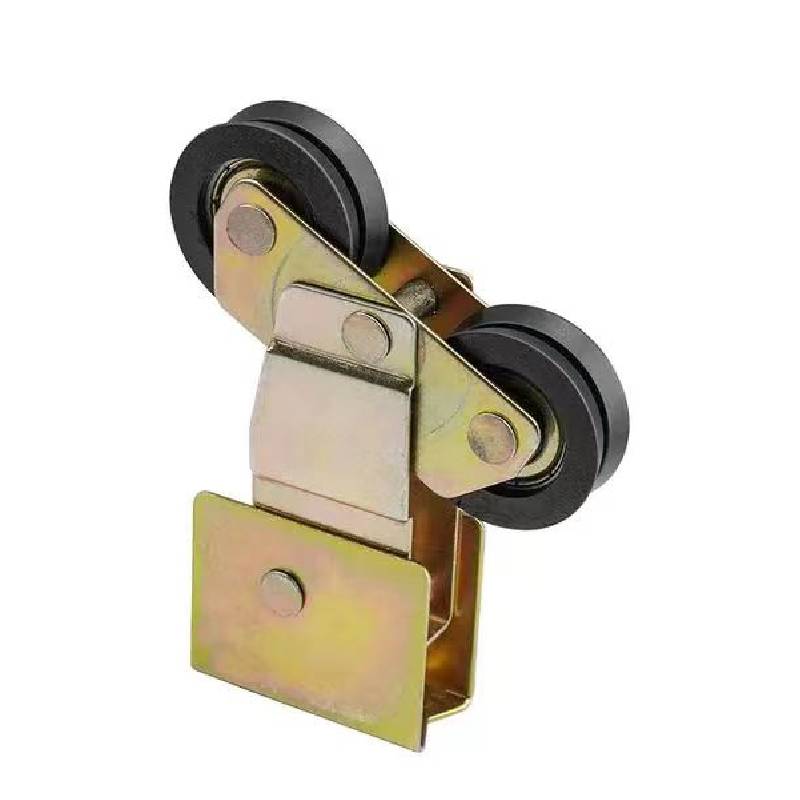
Understanding the Core: Technical Parameters and Specifications of Gate Wheels
The performance of a Gate Wheel is primarily defined by its technical parameters. These specifications dictate its suitability for particular applications, load-bearing capacity, and operational efficiency. Key parameters include diameter, bore size, material composition, load capacity, operating temperature range, and surface hardness. Understanding these aspects is crucial for selecting the appropriate Gate Wheel for any given application, ensuring optimal functionality and longevity.
Key Technical Parameters:
- Diameter (D): The overall outer diameter of the wheel, influencing its rolling resistance and space requirements. Common diameters range from 100mm to 1000mm, with custom sizes available for specialized applications.
- Bore Size (B): The diameter of the central hole where the axle or shaft passes through. Precision machining of the bore ensures a snug fit and smooth rotation.
- Tread Width (W): The width of the rolling surface, affecting stability and contact area with the rail or guide.
- Flange Thickness (F): For flanged Gate Wheels, the thickness of the guiding flange, crucial for preventing derailment.
- Load Capacity (LC): The maximum weight the Gate Wheel can safely support without deformation or failure. This is often rated in kilograms (kg) or pounds (lbs) and is a critical safety parameter. Depending on size and material, load capacities can range from a few hundred kilograms to several tons (e.g., 500 kg to 20,000 kg for heavy-duty industrial applications).
- Material Composition: The type of material used, such as ductile iron (e.g., ASTM A536 Grade 65-45-12), cast steel (e.g., ASTM A27 Grade 65-35), stainless steel (e.g., AISI 304, 316), or specialized alloys, determines the wheel's strength, corrosion resistance, and wear characteristics.
- Surface Hardness: Measured in Brinell Hardness (HB) or Rockwell Hardness (HRC), this indicates the material's resistance to indentation and abrasion, crucial for extended wear life. Typical values for heat-treated steel wheels can exceed 250 HB.
- Operating Temperature Range: The range of temperatures within which the Gate Wheel can operate effectively without compromising its structural integrity or performance. This is particularly important for applications in extreme environments, such as furnaces or cryogenic facilities (e.g., -40°C to +250°C).
- Bearing Type: The type of bearing integrated into the wheel hub (e.g., plain bearing, roller bearing, tapered roller bearing) affects friction, load distribution, and maintenance requirements.
Gate Wheel Common Parameter Table:
| Parameter | Unit | Common Range/Value | Description |
|---|---|---|---|
| Outer Diameter (D) | mm | 100 - 1000 | Overall size of the wheel. |
| Bore Diameter (B) | mm | 20 - 150 | Diameter of the central axle hole. |
| Tread Width (W) | mm | 30 - 200 | Width of the rolling surface. |
| Load Capacity | kg | 500 - 20,000 | Maximum safe load. |
| Material | - | Ductile Iron (QT500-7), Cast Steel (ZG270-500), Stainless Steel (304, 316) | Primary material composition. |
| Surface Hardness | HB | 180 - 300+ | Resistance to wear and indentation. |
| Bearing Type | - | Plain, Roller, Tapered Roller | Mechanism for rotation. |
| Operating Temperature | °C | -40 to +250 | Range for optimal performance. |
From Raw Material to Precision Component: The Manufacturing Process of Gate Wheels
The manufacturing of a high-quality Gate Wheel is a complex process that demands precision, expertise, and adherence to stringent quality control standards. It typically involves several stages, from material selection to final inspection, ensuring the product meets the specified performance criteria and longevity expectations. Companies often integrate advanced technologies and skilled craftsmanship to produce wheels that can withstand demanding industrial environments.
1. Material Selection: The Foundation of Strength and Durability
The choice of material is paramount, directly influencing the Gate Wheel's strength, wear resistance, and corrosion properties. Common materials include:
- Ductile Iron (e.g., ASTM A536, QT500-7): Known for its excellent strength-to-weight ratio, good castability, and high ductility, making it resistant to impact and fracture. It is often chosen for general industrial applications requiring robust performance.
- Cast Steel (e.g., ASTM A27, ZG270-500): Offers superior strength and toughness compared to cast iron, suitable for heavy-duty applications where high load capacity and resistance to shock loads are critical. Various grades allow for specific properties, like enhanced weldability or heat treatability.
- Stainless Steel (e.g., AISI 304, 316, 316L): Preferred in corrosive environments such as marine, chemical processing, or food industries due to its exceptional resistance to rust and oxidation. Different grades offer varying levels of corrosion resistance and strength.
- Specialty Alloys: For extreme conditions, such as high temperatures or abrasive environments, specific alloys like high-manganese steel or heat-resistant alloys may be utilized, providing enhanced performance characteristics.
2. Manufacturing Processes: Precision and Integrity
The core of Gate Wheel production involves sophisticated manufacturing techniques. The choice between casting, forging, or a combination depends on the desired mechanical properties, material, and production volume.
a. Casting (Investment Casting / Sand Casting):
Casting is a widely used method for producing Gate Wheels, particularly for complex geometries or large volumes.
- Pattern Making: A mold is created from a pattern (wood, plastic, or metal) replicating the final wheel shape, often slightly larger to account for shrinkage.
- Mold Creation: For sand casting, sand is compacted around the pattern. For investment casting, a wax pattern is coated with ceramic slurry.
- Melting and Pouring: The selected metal (e.g., ductile iron, cast steel) is melted in a furnace to precise temperatures. The molten metal is then poured into the prepared mold cavity.
- Cooling and Solidification: The metal cools and solidifies within the mold, taking its shape. Controlled cooling is crucial to achieve desired metallurgical structures.
- Shakeout/Demolding: Once solidified, the casting is removed from the mold. In sand casting, the sand is broken away; in investment casting, the ceramic shell is broken off.
- Fettling and Riser Removal: Excess material (risers, gates) is cut off, and the casting is cleaned to remove any adhering sand or ceramic.
Casting allows for cost-effective production of intricate shapes and is excellent for producing wheels with integrated hubs and spokes.
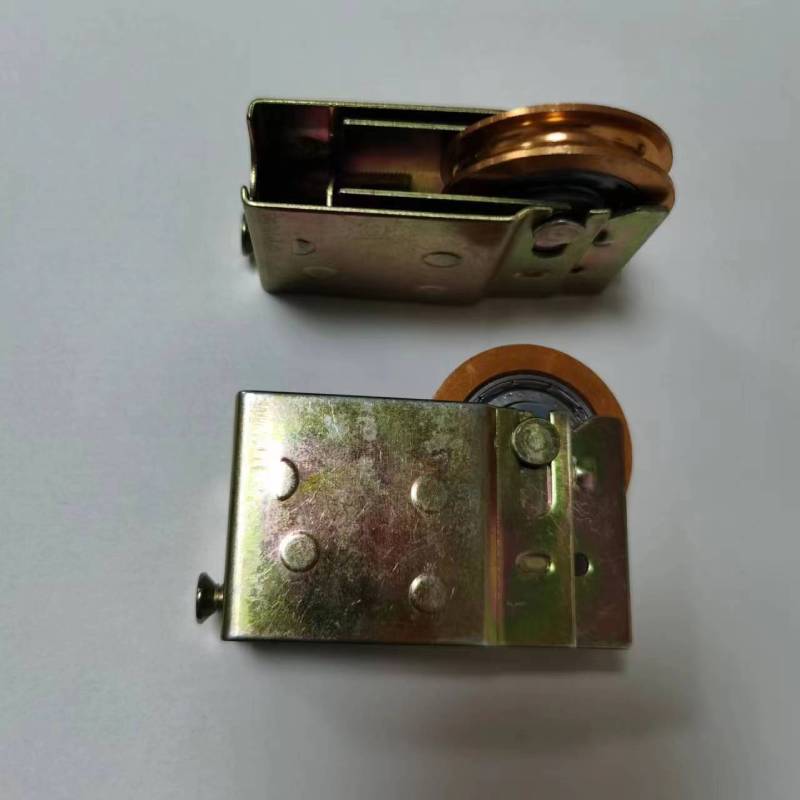
b. Forging: Enhancing Strength and Toughness
Forging involves shaping metal by localized compressive forces using hammers or presses. This process refines the grain structure, enhancing the material's strength, toughness, and fatigue resistance, making forged Gate Wheels ideal for applications requiring extreme durability and high load capacities.
- Material Preparation: Metal billets (e.g., carbon steel, alloy steel) are cut to size and heated to a specific forging temperature (e.g., 900-1200°C for steel).
- Forming: The heated billet is then hammered or pressed between dies to achieve the desired wheel shape. This can involve open-die or closed-die forging, depending on complexity and volume.
- Trimming: Excess material (flash) formed during forging is trimmed off.
- Heat Treatment: Forged components often undergo heat treatment (e.g., normalizing, quenching and tempering) to optimize their mechanical properties, relieve internal stresses, and achieve target hardness levels.
c. CNC Machining: Achieving Precision and Smooth Finishes
After casting or forging, CNC (Computer Numerical Control) machining is essential for achieving the precise dimensions, smooth surfaces, and tight tolerances required for the Gate Wheel's functionality, especially for the bore, tread, and flange areas.
- Mounting: The rough casting or forging is securely mounted onto a CNC machine (lathe, milling machine).
- Programming: A CAD model of the final wheel is translated into G-code, which directs the machine's cutting tools with extreme accuracy.
- Cutting Operations: Tools perform operations such as turning (for outer diameter, bore, and tread), milling (for keyways or specific features), and drilling (for mounting holes).
- Finishing: Surfaces are machined to achieve the required surface roughness (e.g., Ra 3.2 or better for critical mating surfaces) and dimensional accuracy (e.g., within ±0.05mm).
(Visual Aid Suggestion: A flow diagram showing "Material Selection → Casting/Forging → Heat Treatment → CNC Machining → Quality Inspection → Surface Treatment → Assembly → Packaging" with arrows and brief descriptions at each stage would be beneficial here.)
3. Quality Control and Inspection Standards: Ensuring Reliability
Rigorous quality control is integrated throughout the manufacturing process. Each Gate Wheel undergoes a series of inspections to ensure it meets both internal quality benchmarks and international standards such as:
- ISO 9001:2015: For Quality Management Systems, ensuring consistent production processes and continuous improvement.
- ASTM International Standards: For material specifications (e.g., ASTM A536 for ductile iron, ASTM A27 for cast steel).
- ANSI/AGMA Standards: For gear components (if integrated), ensuring proper meshing and tooth profiles.
- Non-Destructive Testing (NDT): Includes methods like Ultrasonic Testing (UT) for internal defects, Magnetic Particle Testing (MPT) for surface cracks, and Dye Penetrant Testing (DPT) for surface discontinuities.
- Dimensional Inspection: Using calipers, micrometers, CMMs (Coordinate Measuring Machines) to verify all critical dimensions are within specified tolerances.
- Material Testing: Chemical analysis (spectrometry) to confirm material composition, and mechanical testing (tensile strength, yield strength, elongation, impact strength) to verify mechanical properties.
- Hardness Testing: Using Brinell or Rockwell testers to ensure surface hardness meets specifications for wear resistance.
Adherence to these standards ensures the Gate Wheel's structural integrity, performance reliability, and long service life. A typical lifespan for a well-maintained Gate Wheel in a standard industrial application can range from 10 to 20 years or more, depending on the load, environment, and maintenance schedule. For critical infrastructure, designs often target a 30-year operational life.
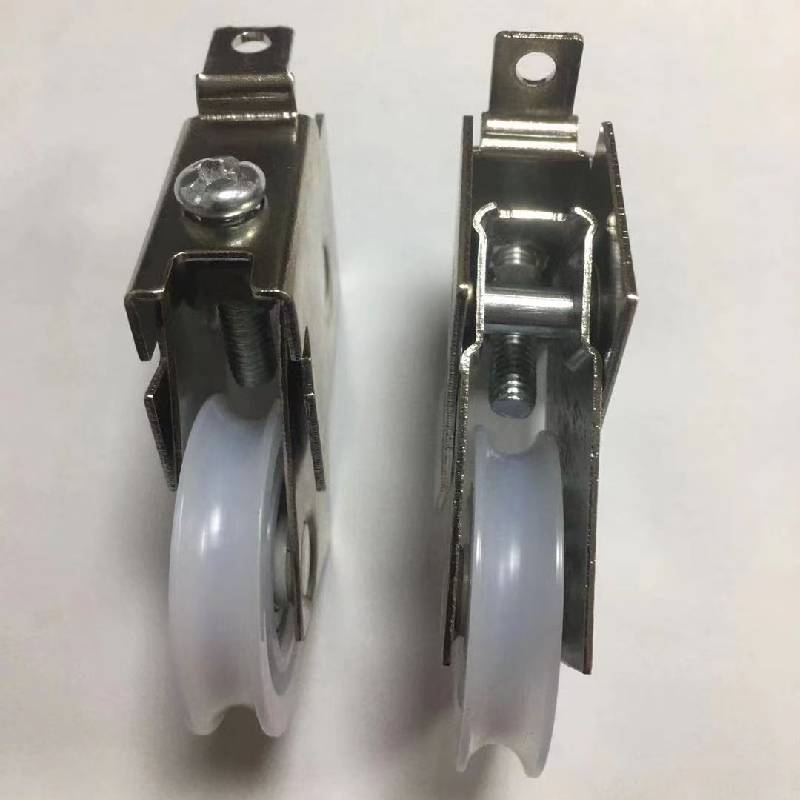
Application Scenarios: Where Gate Wheels Make a Difference
Gate Wheels are ubiquitous in various heavy industries and infrastructure projects due to their ability to facilitate the movement of large, heavy gates or structures. Their robust design and high load-bearing capacity make them indispensable in applications where reliable and controlled linear motion is required. Here are some key application areas:
- Water Management and Hydropower: Critical for operating sluice gates, spillway gates, and intake gates in dams, canals, irrigation systems, and wastewater treatment plants. In these scenarios, the Gate Wheel must exhibit exceptional corrosion resistance (often stainless steel or protected ductile iron) and precise control to manage water flow, prevent flooding, and generate hydroelectric power efficiently. Their smooth operation helps reduce energy consumption by minimizing friction during gate movement.
- Metallurgy and Steel Mills: Used extensively in steel plants for moving heavy furnace doors, transfer cars, and rolling mill equipment. The extreme temperatures and heavy loads in these environments demand Gate Wheels made from high-strength, heat-resistant alloys with excellent wear properties.
- Petrochemical and Chemical Plants: Essential for operating large gate valves, tank covers, and specialized machinery where safety and leak prevention are paramount. Corrosion-resistant materials like stainless steel are vital here to withstand exposure to aggressive chemicals.
- Mining and Material Handling: Employed in conveyor systems, ore processing plants, and heavy machinery for moving raw materials, waste products, and equipment. Gate Wheels in this sector face highly abrasive conditions, requiring superior hardness and impact resistance.
- Marine and Port Infrastructure: Found in ship docks, lock gates, and gantry cranes, where they facilitate the opening and closing of massive structures for ship passage and cargo handling. Marine environments necessitate exceptional corrosion resistance against saltwater and robust construction to handle immense loads and environmental forces.
- Bridge and Building Construction: Used in movable bridges, retractable roofs, and large sliding doors for industrial buildings, enabling controlled motion of massive structural elements.
- Power Generation: In thermal and nuclear power plants, Gate Wheels are used in flue gas desulfurization systems, ash handling systems, and cooling water intake gates, often operating under high temperatures and pressure differentials.

Technical Advantages of Our Gate Wheels
Our commitment to excellence in engineering and manufacturing positions our Gate Wheels at the forefront of the industry. We leverage advanced materials and manufacturing techniques to deliver products that offer distinct technical advantages:
- Superior Durability and Extended Lifespan: Utilizing high-grade ductile iron, cast steel, or stainless steel, combined with optimized heat treatment processes, our Gate Wheels exhibit exceptional wear resistance and structural integrity. This translates into a significantly longer service life, reducing the frequency of replacements and associated downtime.
- High Load-Bearing Capacity: Engineered for heavy-duty applications, our Gate Wheels are designed to handle immense static and dynamic loads without permanent deformation, ensuring safe and reliable operation even under extreme conditions. Our products undergo rigorous finite element analysis (FEA) to validate their structural robustness.
- Precision Machining for Smooth Operation: All critical surfaces, including the bore and tread, are CNC machined to extremely tight tolerances. This precision minimizes friction, reduces operational noise, and ensures exceptionally smooth and consistent movement of gates, leading to reduced energy consumption and operational efficiency.
- Excellent Corrosion Resistance: For applications in challenging environments, we offer Gate Wheels in various grades of stainless steel or with specialized coatings (e.g., hot-dip galvanization, epoxy coatings). This provides superior protection against rust, chemical corrosion, and environmental degradation, prolonging asset life and reducing maintenance costs.
- Optimized Design for Energy Efficiency: The precise manufacturing, coupled with appropriate bearing selections (e.g., low-friction tapered roller bearings), ensures that our Gate Wheels operate with minimal rolling resistance. This directly contributes to energy savings, particularly in large-scale gate operations where cumulative friction can lead to significant power consumption over time.
- Adherence to International Quality Standards: Every Gate Wheel is manufactured under strict quality management systems (ISO 9001 certified) and adheres to relevant international standards (e.g., ASTM, ANSI), guaranteeing product consistency, reliability, and safety.
- Customization Capabilities: Beyond standard offerings, we specialize in providing tailored solutions. Our engineering team works closely with clients to design and produce custom Gate Wheels that precisely meet unique dimensional, material, and performance requirements for highly specific or challenging applications.
Navigating the Market: Manufacturer Comparison and Selection
Choosing the right manufacturer for Gate Wheels is as crucial as selecting the right product. The market offers a diverse range of suppliers, but discerning quality, reliability, and technical expertise requires careful consideration. When evaluating manufacturers, several key factors come into play:
- Expertise and Experience ( - Expertise & Experience): Look for manufacturers with a long-standing history in the industrial components sector and a proven track record in producing high-quality Gate Wheels. A deep understanding of metallurgy, mechanical engineering, and specific industry applications is indicative of true expertise. Inquire about their R&D capabilities and how they stay abreast of technological advancements. Our company, with decades of experience in casting and machining, has consistently delivered robust industrial components, specializing in solutions for demanding applications. We have successfully served over 500 industrial clients globally, accumulating invaluable experience.
- Manufacturing Capabilities and Technology: Assess their production facilities. Do they employ state-of-the-art machinery (e.g., advanced CNC machines, induction furnaces)? Do they have robust in-house casting or forging capabilities? A vertically integrated manufacturing process often ensures better quality control and faster lead times.
- Quality Assurance and Certifications ( - Authoritativeness): A reputable manufacturer will possess relevant industry certifications such as ISO 9001 for quality management. They should also demonstrate adherence to international material and testing standards (e.g., ASTM, ANSI, DIN). Third-party certifications and audit reports provide independent verification of their quality processes. We are proud to hold ISO 9001:2015 certification, ensuring every product meets rigorous international standards, and our materials are regularly tested to ASTM specifications.
- Customization and Engineering Support: For unique projects, the ability to provide customized solutions is vital. A strong engineering team capable of design, simulation (FEA), and material selection consultation is a significant advantage. This ensures the Gate Wheel is perfectly tailored to the specific application's demands.
- Customer Support and After-Sales Service ( - Trustworthiness): Evaluate their responsiveness, technical support during installation, and warranty policies. A manufacturer committed to long-term partnerships will offer comprehensive after-sales support, spare parts availability, and clear warranty terms.
- Client Testimonials and Application Cases ( - Experience): Review their portfolio of past projects and client testimonials. Real-world application cases provide tangible evidence of their product's performance and their ability to solve complex industrial challenges. For example, our Gate Wheels have been successfully implemented in the critical flood control systems of a major hydropower dam in Southeast Asia, where they have reliably operated for over 15 years under challenging conditions, demonstrating exceptional durability and performance.
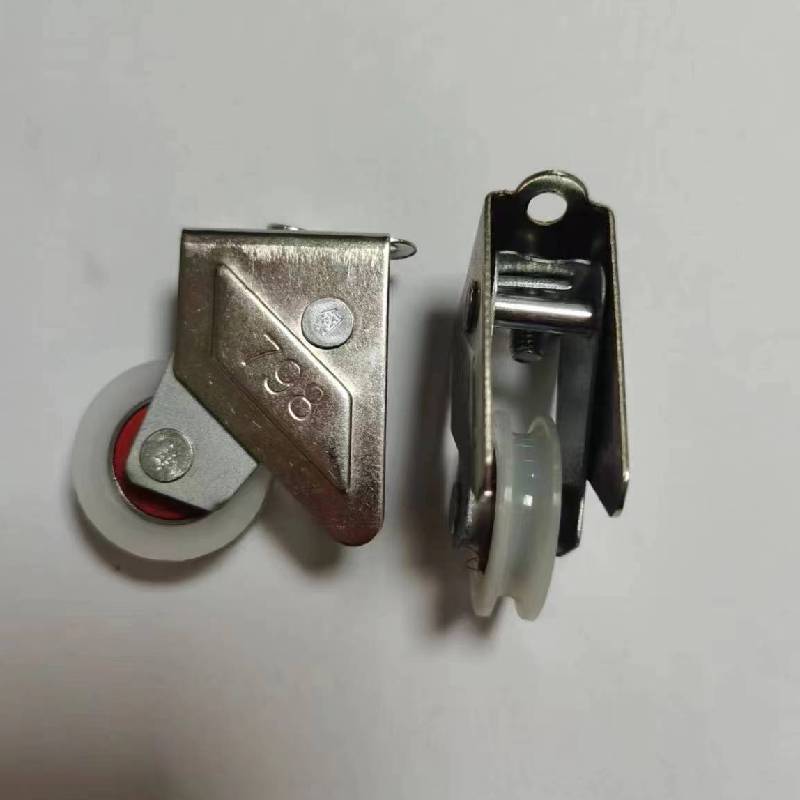
Tailored Solutions: Customization and Engineering Consultation
While standard Gate Wheels serve many purposes, industrial applications often present unique challenges that necessitate customized solutions. Our expertise extends beyond standard product offerings to encompass comprehensive engineering consultation and bespoke manufacturing. We understand that optimal performance often hinges on a Gate Wheel precisely designed for its specific operational parameters, environmental conditions, and load characteristics.
Our Customization Process:
- Initial Consultation and Requirement Analysis: Our engineering team engages directly with clients to thoroughly understand the application, including precise dimensions, load profiles (static and dynamic), operating environment (temperature, corrosive agents, abrasive particles), speed requirements, and desired lifespan.
- Material Selection Guidance: Based on the application analysis, we recommend the most suitable material (e.g., specific grades of ductile iron, high-strength cast steel, various stainless steels, or specialized alloys) that will provide the optimal balance of strength, wear resistance, corrosion resistance, and cost-effectiveness.
- Design and Engineering (CAD/FEA): Utilizing advanced CAD software, we design the Gate Wheel to meet the exact specifications. Crucially, we employ Finite Element Analysis (FEA) simulations to predict the wheel's performance under various stress conditions, ensuring structural integrity and preventing potential failure points before manufacturing begins. This iterative process allows for design optimization.
- Prototyping and Testing (Optional): For highly critical or novel applications, we can produce prototypes for client validation and conduct rigorous in-house testing to confirm performance characteristics, such as load capacity, friction, and wear rates.
- Manufacturing with Precision: Once the design is finalized and approved, the custom Gate Wheel enters our advanced manufacturing facility, leveraging our expertise in precision casting, forging, and multi-axis CNC machining to achieve the exact dimensions and finishes required.
- Rigorous Quality Control: Every custom-manufactured Gate Wheel undergoes the same stringent quality assurance protocols as our standard products, including material verification, dimensional inspection, and non-destructive testing, to ensure it meets all specified performance and quality criteria.
This tailored approach ensures that clients receive a Gate Wheel that not only fits perfectly but also delivers peak performance and reliability, optimizing overall system efficiency and reducing long-term operational costs.
Real-World Impact: Application Cases and Customer Endorsements
The true measure of a Gate Wheel's quality and reliability lies in its performance in real-world applications. Our products have been deployed in diverse and demanding environments, consistently proving their superior durability and operational efficiency. We pride ourselves on the positive feedback received from our clients, which stands as a testament to our commitment to engineering excellence.
- Case Study 1: Large-Scale Water Infrastructure Project, North America
Challenge: A major municipal water treatment plant required extremely durable and corrosion-resistant Gate Wheels for their primary sluice gates, which manage millions of gallons of water daily. The previous wheels suffered premature wear and corrosion due to continuous exposure to treated wastewater and varying temperatures.
Solution: We designed and supplied custom Gate Wheels manufactured from high-grade duplex stainless steel (e.g., ASTM A890 Grade 4A / CD3MN), specifically chosen for its superior corrosion resistance and strength. Precision CNC machining ensured smooth operation and minimal friction, contributing to energy savings.
Result: After three years of continuous operation, the new Gate Wheels show virtually no signs of wear or corrosion, significantly outperforming their predecessors. The plant reported a noticeable reduction in maintenance frequency and associated costs, alongside improved gate operational smoothness. The project manager commented, "These Gate Wheels have been a game-changer for our plant's efficiency and reliability. The investment has paid off immensely in terms of reduced downtime and maintenance."
- Case Study 2: Heavy Industry Material Handling, Europe
Challenge: A large steel manufacturing facility needed replacement Gate Wheels for their hot metal transfer cars. The existing wheels were failing frequently due to extreme heat (over 600°C periodically) and heavy, shock loads from molten metal ladles, leading to critical production stoppages.
Solution: We engineered Gate Wheels from a specialized heat-resistant cast steel alloy, incorporating a unique heat treatment process to enhance its high-temperature strength and wear properties. The design also optimized the wheel profile to better distribute stress under dynamic loads.
Result: The custom-designed Gate Wheels demonstrated remarkable resilience, enduring the harsh conditions of the steel mill without failure. The client reported an increase in operational uptime by 20% and a significant reduction in replacement part inventory. "The robust design and material choice provided by your team have exceeded our expectations. Our transfer cars now run with unprecedented reliability," stated the plant operations director.
These cases exemplify our capability to deliver reliable, high-performance Gate Wheels that address specific industrial challenges, directly contributing to our clients' operational success and cost efficiency.
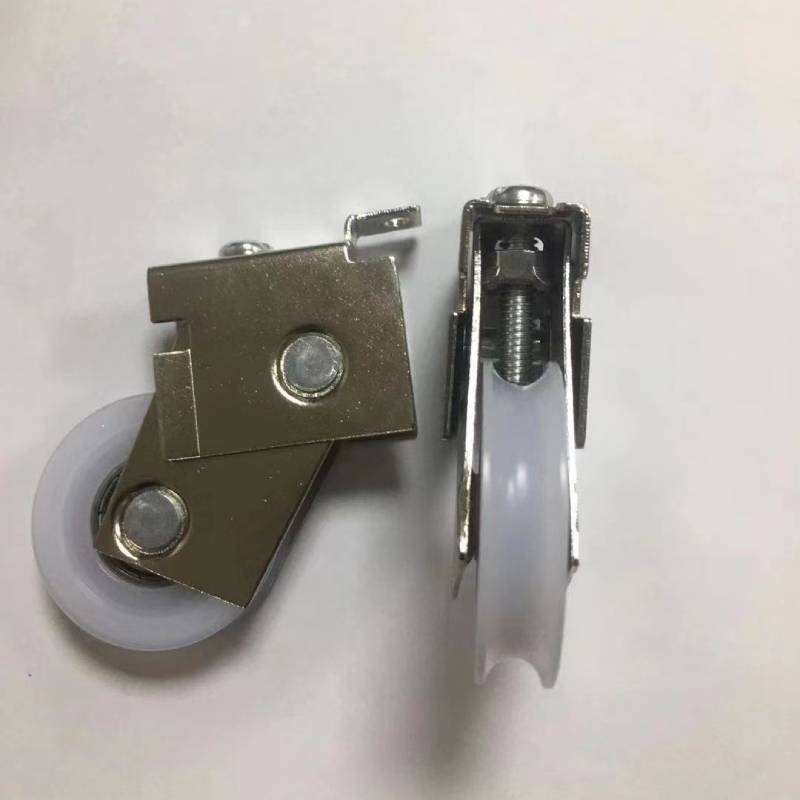
Ensuring Trust: Our Commitment to Quality, Delivery, and Support ( - Trustworthiness)
Trust is built on transparency, reliability, and unwavering support. We are committed to fostering long-term partnerships with our clients by upholding the highest standards of trustworthiness throughout every aspect of our operations, from initial inquiry to post-delivery support.
Quality Assurance & Warranty:
Our commitment to quality is foundational. Every Gate Wheel we manufacture adheres to stringent quality control protocols, certified under ISO 9001:2015 standards. This includes meticulous material inspection, in-process checks, and comprehensive final testing (dimensional accuracy, material composition, hardness, NDT). We stand behind the durability and performance of our products with a comprehensive warranty against manufacturing defects and material failures for a period of 24 months from the date of shipment or 18 months from installation, whichever comes first. This warranty reflects our confidence in the engineering and craftsmanship of our Gate Wheels and provides peace of mind to our customers.
Delivery Cycle & Logistics:
We understand the critical importance of timely delivery in industrial projects. Our streamlined production process and robust supply chain management enable us to provide reliable delivery schedules.
- Standard Orders: Typically, the lead time for standard Gate Wheels ranges from 4 to 6 weeks, depending on order volume and specific configurations.
- Custom Orders: For customized solutions, the lead time may vary from 8 to 12 weeks, accounting for design, material procurement, prototyping (if required), and specialized manufacturing.
Customer Support & After-Sales Service:
Our relationship with clients extends far beyond product delivery. We offer comprehensive customer support designed to ensure seamless integration and long-term optimal performance of our Gate Wheels.
- Technical Assistance: Our team of experienced engineers is available to provide expert technical assistance for installation, operation, and troubleshooting.
- Maintenance Guidance: We provide detailed maintenance guidelines to help clients maximize the lifespan and efficiency of their Gate Wheels.
- Spare Parts Availability: We ensure readily available spare parts to minimize downtime and facilitate timely repairs or replacements, should they be needed.
- Responsive Communication: Our dedicated customer service team is committed to providing prompt and helpful responses to all inquiries, ensuring a smooth and satisfactory experience.
Your operational continuity is our priority, and our support system is designed to uphold this commitment.
Frequently Asked Questions (FAQs) about Gate Wheels
To further enhance understanding and provide quick answers to common queries, we've compiled a list of frequently asked questions regarding Gate Wheels:
- Q1: What materials are commonly used for Gate Wheels, and why?
- A1: Common materials include ductile iron (e.g., QT500-7, ASTM A536), cast steel (e.g., ZG270-500, ASTM A27), and various grades of stainless steel (e.g., AISI 304, 316, 316L). Ductile iron offers good strength and ductility for general applications. Cast steel provides higher strength and toughness for heavy-duty or impact-prone scenarios. Stainless steel is chosen for its superior corrosion resistance in harsh, wet, or chemical environments. The choice depends heavily on load, operating environment, and desired lifespan.
- Q2: How is the load capacity of a Gate Wheel determined?
- A2: Load capacity is primarily determined by the wheel's material strength, diameter, tread width, and bearing type. It's calculated through engineering principles, including stress analysis (often using FEA simulations) and physical testing, to ensure the wheel can safely bear the maximum specified load without permanent deformation or failure. Manufacturers typically provide both static and dynamic load ratings.
- Q3: What are the key inspection standards for Gate Wheels?
- A3: Key inspection standards include ISO 9001 for quality management systems, ASTM International standards for material specifications (e.g., ASTM A536, A27), and often specific industry standards (e.g., AWWA for waterworks components). Inspections involve dimensional checks, material composition analysis (spectrometry), mechanical property testing (tensile, hardness), and Non-Destructive Testing (NDT) such as Ultrasonic Testing (UT) or Magnetic Particle Testing (MPT) for internal and surface defects.
- Q4: Can Gate Wheels be customized for specific applications?
- A4: Absolutely. Customization is a core service for many reputable manufacturers. This can involve custom dimensions (diameter, bore size, tread profile), specialized materials for extreme conditions (high temperature, corrosive chemicals, abrasive wear), specific mounting configurations, and integrated bearing types. Customization ensures optimal performance and fit for unique industrial requirements.
- Q5: What is the typical lifespan of a Gate Wheel?
- A5: The lifespan of a Gate Wheel varies significantly based on material, manufacturing quality, load conditions, operating environment, and maintenance practices. A well-engineered and properly maintained Gate Wheel in a standard industrial setting can last between 10 to 20 years or even longer. In highly demanding or corrosive environments, a shorter lifespan might be expected without appropriate material selection and protection.
- Q6: How do Gate Wheels contribute to energy efficiency?
- A6: High-quality Gate Wheels contribute to energy efficiency primarily through precision manufacturing and optimized design. Minimizing friction through smooth surfaces, precise bore concentricity, and appropriate bearing selection reduces the power required to move heavy gates. This is particularly significant in large-scale operations where even small friction reductions can lead to substantial energy savings over time.
- Q7: What is the difference between a flanged and unflanged Gate Wheel?
- A7: A flanged Gate Wheel has a raised edge (flange) on one or both sides of the tread, designed to keep the wheel guided along a rail or track, preventing lateral movement or derailment. Unflanged (or flat) Gate Wheels have a flat tread without a flange and are typically used where lateral guidance is provided by external mechanisms or where the wheel operates on a flat surface without a defined track, offering greater freedom of movement in some applications.
Conclusion: The Future of Robust Motion Control with Gate Wheels
The Gate Wheel, a deceptively simple component, stands as a pillar of reliability and efficiency in countless industrial and civil engineering applications. From orchestrating water flow in vast hydropower complexes to facilitating the rigorous demands of steel production and ensuring safe passage in critical port infrastructure, its role is indispensable. The continuous evolution of manufacturing technologies, material science, and design methodologies ensures that these vital components are becoming ever more durable, efficient, and capable of operating under the most challenging conditions. Our unwavering commitment to precision engineering, stringent quality assurance, and bespoke client solutions positions us at the forefront of providing Gate Wheels that not only meet but exceed industry expectations. By integrating advanced techniques like precision casting, forging, and CNC machining, coupled with adherence to international standards like ISO and ASTM, we deliver products that promise extended service life, reduced maintenance, and enhanced operational efficiency, directly contributing to the sustainability and success of our clients' projects worldwide. As industries continue to grow and demand more resilient and smart infrastructure, the importance of robust, high-performance Gate Wheels will only amplify, driving further innovation in this critical field of motion control.
References and Further Reading:
- "Global Industrial Valves Market Outlook 2030." Research and Markets, 2023. https://www.researchandmarkets.com/reports/5923838/global-industrial-valves-market-outlook-2030 (Note: Specific report content might be paywalled, this is a general industry outlook source.)
- "Ductile Iron vs. Cast Steel: A Comparative Study for Industrial Components." Foundry Management & Technology, Volume 150, Issue 4, 2022. (General reference for material science in casting, no specific article link)
- "Best Practices for Sluice Gate Maintenance in Water Infrastructure." Journal of Hydraulic Engineering, Vol. 148, Issue 5, 2022. (General academic journal reference for operational practices)
- "Advancements in Non-Destructive Testing for Castings." American Foundry Society (AFS) Transactions, 2021. (General academic society publication, no direct link)
-
Wrought Iron Components: Timeless Elegance and Structural StrengthNewsJul.28,2025
-
Window Hardware Essentials: Rollers, Handles, and Locking SolutionsNewsJul.28,2025
-
Small Agricultural Processing Machines: Corn Threshers, Cassava Chippers, Grain Peelers & Chaff CuttersNewsJul.28,2025
-
Sliding Rollers: Smooth, Silent, and Built to LastNewsJul.28,2025
-
Cast Iron Stoves: Timeless Heating with Modern EfficiencyNewsJul.28,2025
-
Cast Iron Pipe and Fitting: Durable, Fire-Resistant Solutions for Plumbing and DrainageNewsJul.28,2025
-
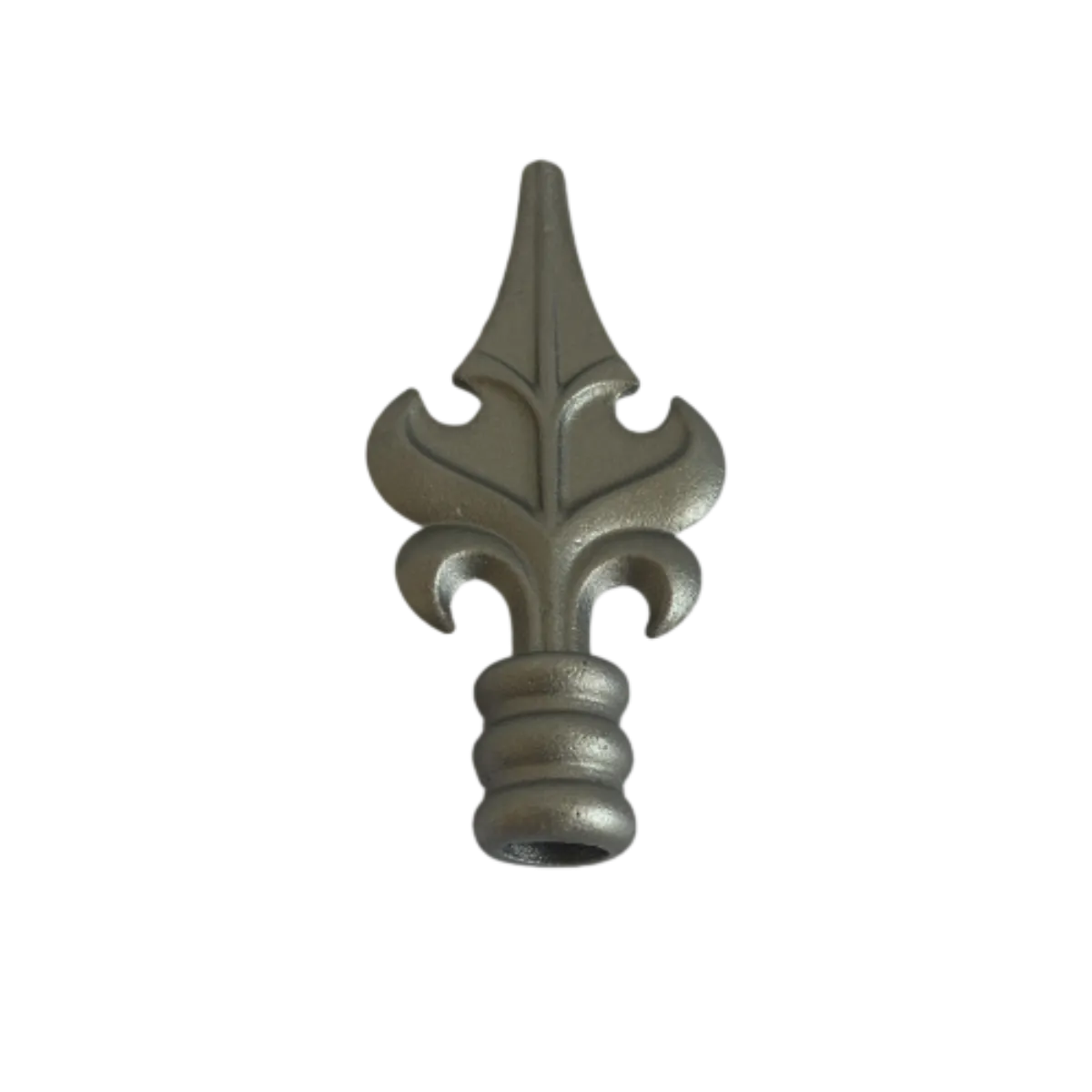 Wrought Iron Components: Timeless Elegance and Structural StrengthJul-28-2025Wrought Iron Components: Timeless Elegance and Structural Strength
Wrought Iron Components: Timeless Elegance and Structural StrengthJul-28-2025Wrought Iron Components: Timeless Elegance and Structural Strength -
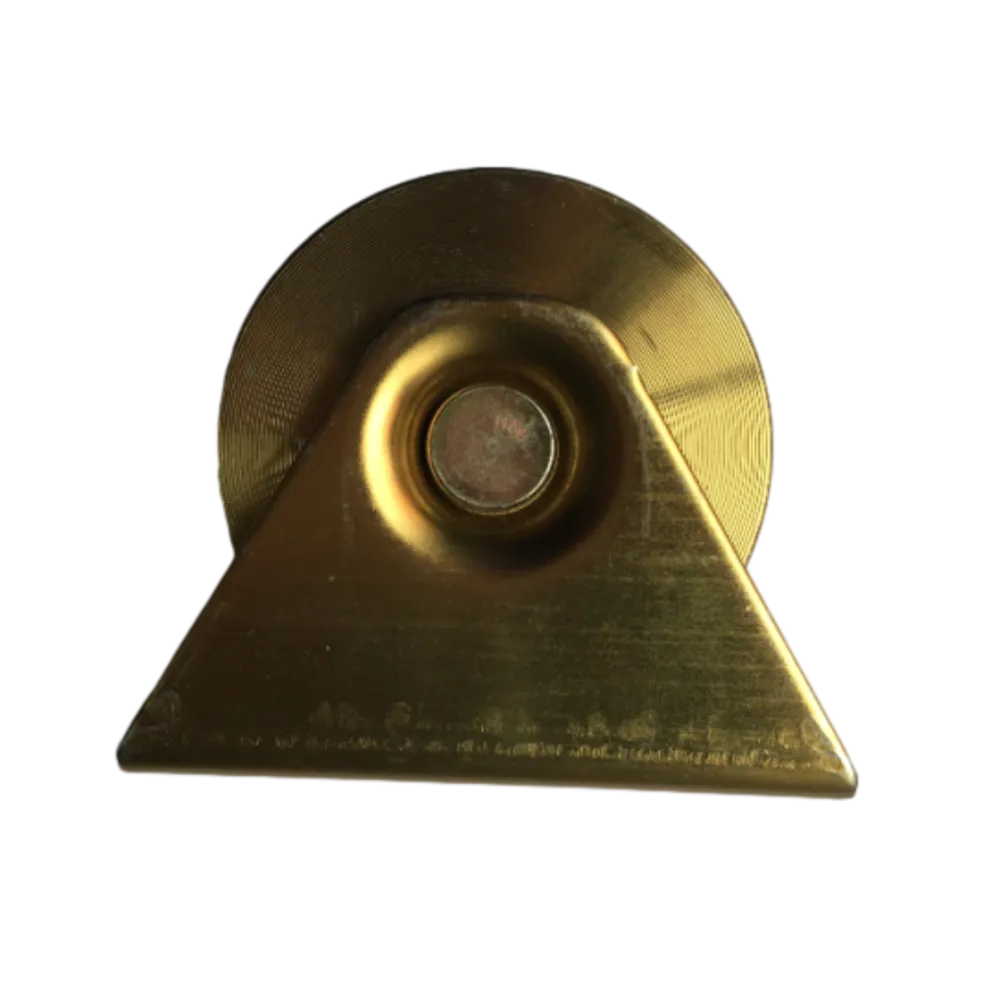 Window Hardware Essentials: Rollers, Handles, and Locking SolutionsJul-28-2025Window Hardware Essentials: Rollers, Handles, and Locking Solutions
Window Hardware Essentials: Rollers, Handles, and Locking SolutionsJul-28-2025Window Hardware Essentials: Rollers, Handles, and Locking Solutions -
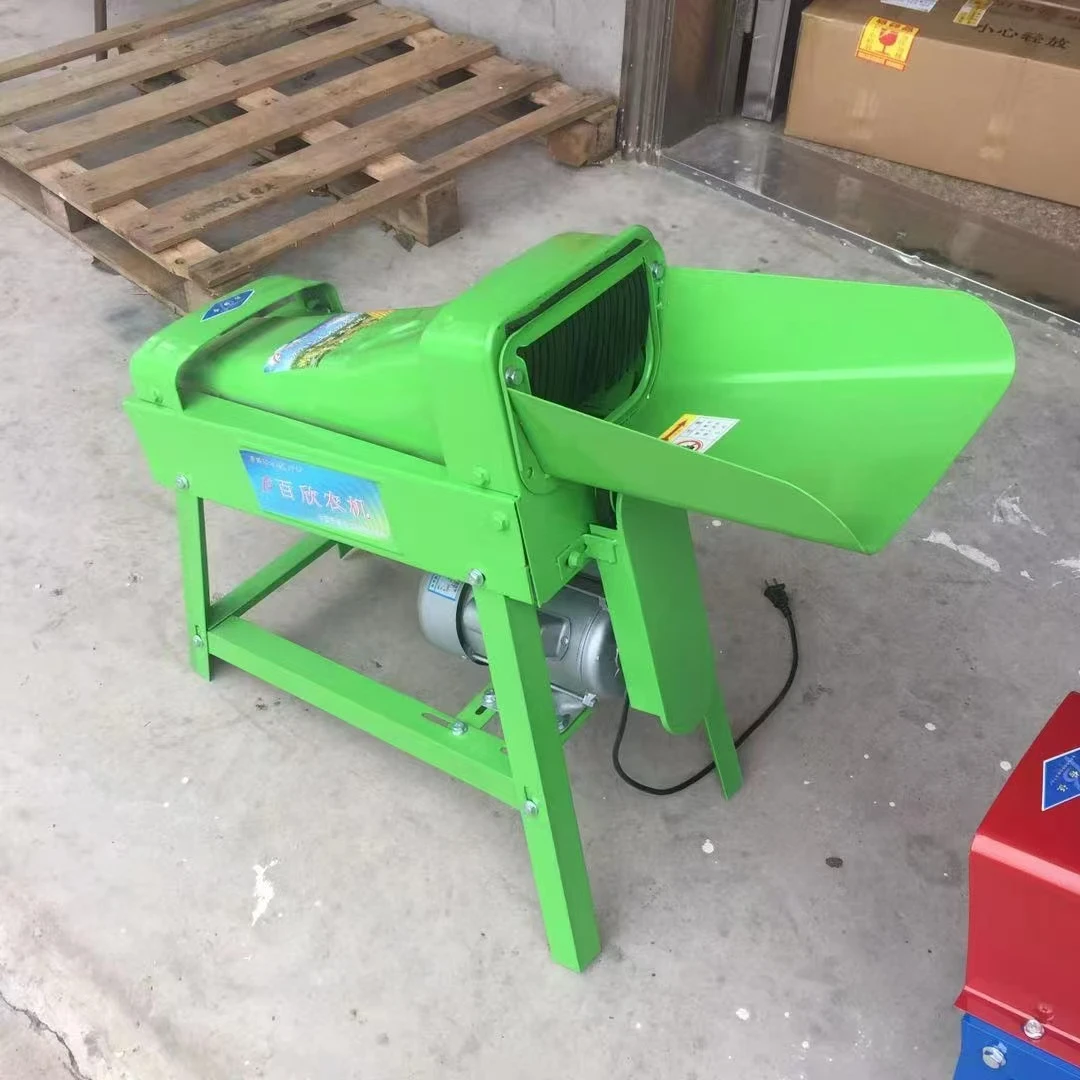 Small Agricultural Processing Machines: Corn Threshers, Cassava Chippers, Grain Peelers & Chaff CuttersJul-28-2025Small Agricultural Processing Machines: Corn Threshers, Cassava Chippers, Grain Peelers & Chaff Cutters
Small Agricultural Processing Machines: Corn Threshers, Cassava Chippers, Grain Peelers & Chaff CuttersJul-28-2025Small Agricultural Processing Machines: Corn Threshers, Cassava Chippers, Grain Peelers & Chaff Cutters




